Scenarios in Bolt Action v3

By Tom Gall
Just a few more days until Bolt Action v3 is out and time to dig into the system of missions for playing the game. As you might recall from second edition, there were 12 missions to choose from. Late in the life of v2 there was additionally a tournament package or two that were circulating for playing from.
With the dawn of v3 and the core book, missions are divided into two types, Battle Scenarios, aimed more for a pick up game where both side have similar deployment zones and victory conditions, and Story Scenarios, when you’d like something with a bit more flair. These scenarios are meant to be less even and more situationally designed with one side trying to drive to a particular goal and the other trying to prevent.
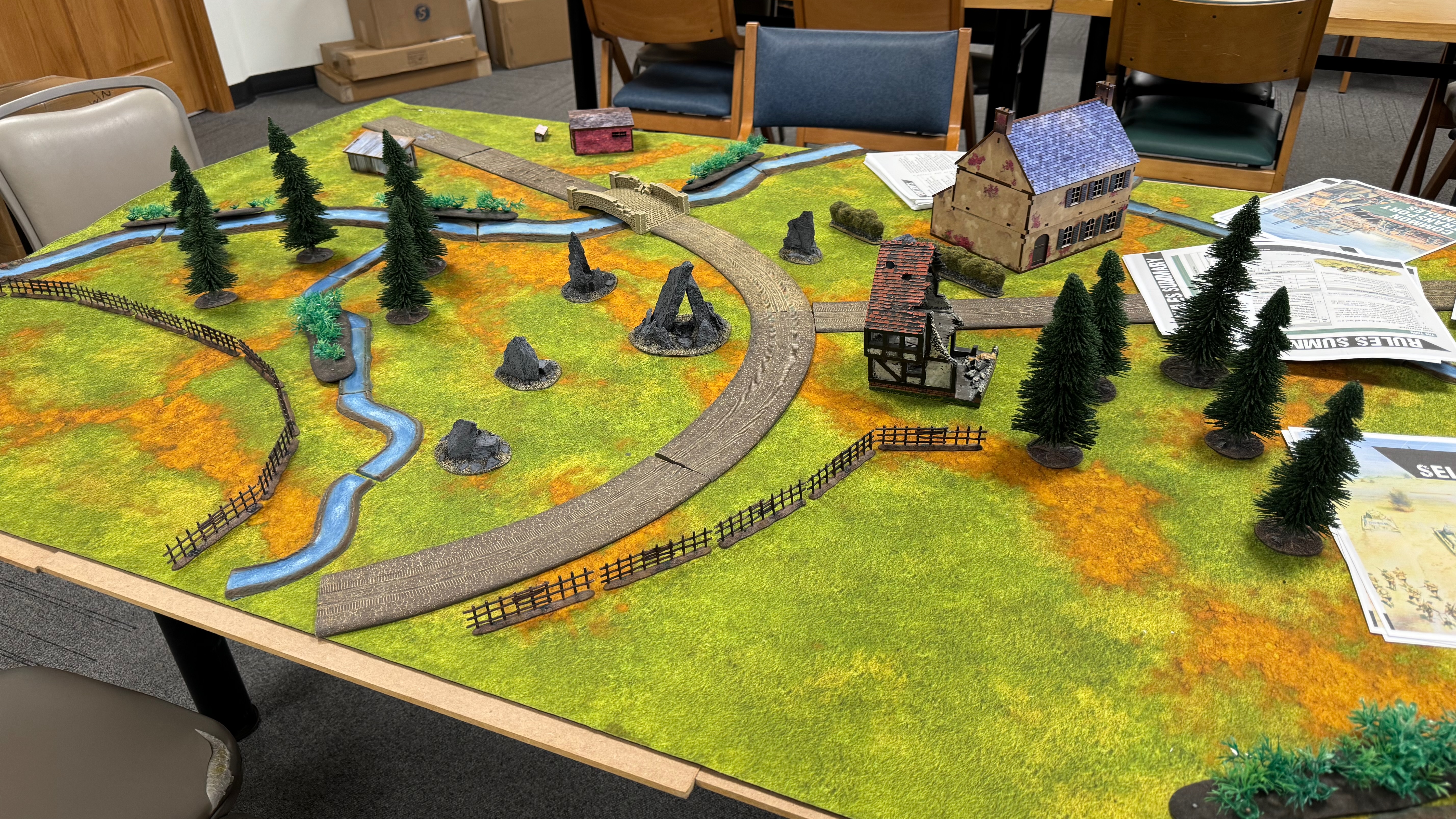
Both types of scenarios are 6-turn games with there being a possibility of there being a 7th turn. Just like the prior edition, a die roll decides if there is to be an extra turn.
Another interesting change is the option for forces to be blind and not revealed until deployment. So, it’s effectively turn 1 before you get to know fully what you’re looking at. I’m sure the tournament crowd will have their own take on that. In casual play our local group certainly has never felt the need to keep things mum.
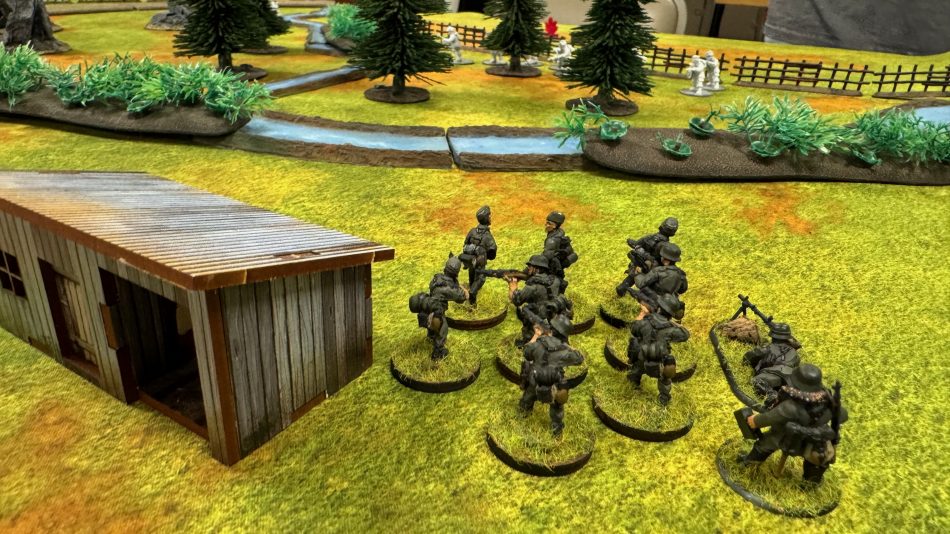
Battle Scenarios
To run a game based on a Battle Scenario, you’ll set up the table, discuss with you opponent the intent of the various terrain and then make three d6 rolls in succession. One die determines Victory Conditions, one Deployment Zones and the last Deployment Types. Due to how the tables are setup, that gives you 36 possible combinations for a game. Plenty of replay which brings plenty of variety to your games.
Victory Conditions
There are six different victory conditions, these are Seek and Destroy, Key Positions, Breakthrough, Top Secret, Demolition and Hold Until Relieved. Most all of the victory conditions score victory points based on what the scenario asks you to accomplished. Sometimes you need to eliminate enemy units (Seek and Destroy), take objectives (key positions), get units off the board (Breakthrough), seize the break case (Top Secret), destroy the enemies base (Demolition), and last take a strategic position (Hold Until Relieved.
Within the section of the book is a further addition of optional ways to score. Many of these I’ve seen at tournaments in the past, such as points for destroying an enemy unit, points for ending up in the enemy deployment zone and so on.
Deployment Zones
There are only two different deployment zones to roll up: the “standard” of up to 12″ of the long edge, or table quarters with a 1 -foot circle carved out in the middle of the table. Certainly other deployment zone options can be envisioned, such as a diagonal or short edge.
Deployment Type
Last is deployment type which has 3 variations. Meeting Engagement is heavily weighted (50% chance), Prepared Positions (33% chance) and last Fog of War (16% chance).
With Meeting Engagement, one side decides first what (if any) units they’ll leave in reserve, but at most half. No units start on the table, and instead move on during turn 1. In Prepared Positions, one side once again decides what will be in reserved followed by the other side, then order dice for those units that will be on the table on turn 1 are put into the bag and drawn one at a time, with a unit being deployed when a dice is drawn for a particular side.
Fog of War is like Prepared Positions, but instead you must put at least 1/2 of your units in reserve. Those units not in reserve are then deployed the same as with Prepared Positions.
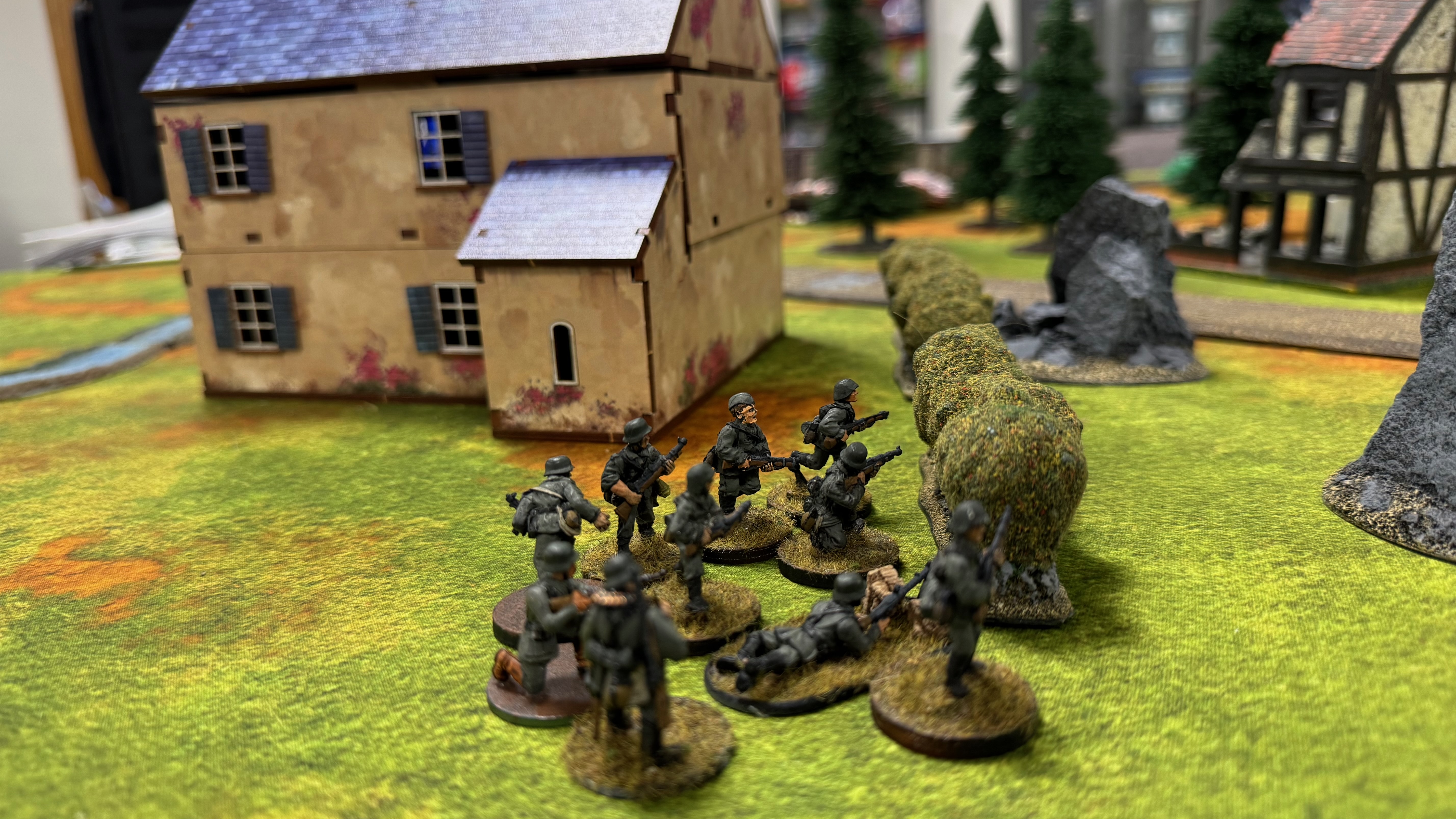
Same as it ever was
Those familiar with v2 of Bolt Action will be familiar with the reserve arrival rules, they are unchanged. One makes a morale check at -1 to arrive as per usual starting on turn 2. Outflanking maneuvers are likewise the same where you must indicate what flank your unit(s) will arrive on, and starting on turn 3 or 4 they can arrive on a short edge but not within the enemy deployment zone, and starting on turn 5 they can enter anywhere on the short edge. Additionally you can forgo the flank and enter on your back edge should you so choose, presuming of course you make the morale roll at -1 for any reserve troops.
Infiltration also continues to exist as the prior version. Snipers deployed forward can be quite useful!
Story Scenarios
There are five so called Story scenarios in the v3 core book. These are not meant to be balanced games. Much like some of the scenarios in the various theatre etc books that add in to Bolt Action, these are here for flavor and bring you some challenges to your games. These are just a starting point and encourage you to design your own.
Each comes with it’s own deployment, sometimes preparatory bombardments, unique victory conditions and other twists.
Envelopment is akin to Breakthrough, but the attacker gets a preparatory bombardment, and the defender is able to start out hidden.
Manhunt has the attacker trying to capture the defenders most senior officer. They must do so by assaulting the unit the commander is in and destroy it. Reserves in this one can come in from any table edge save the edge where the last reserve entered from.
Point Defense has the defender holding three objectives that the attacker must take. The defender has 1/2 of their force deployed and started the game with hidden deployment. The attacker gets a preparatory bombardment on a 2+.
Land Grab is the last, and has each side working to control each of the table quarters. Victory points are awarded at the end of the game based on units destroy and table quarters seized. Both sides start out with a chance at a preparatory bombardment, making it all the more interesting giving the changes that troops starting on table will start the game with at least a pin marker.
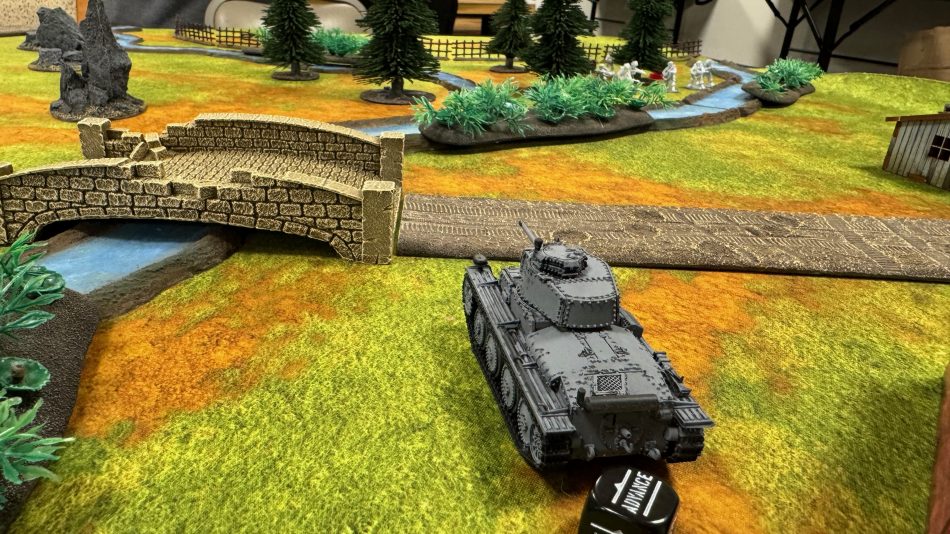
Play Through
Thus far I’ve managed to get in 2 initial games with a 3rd one scheduled for tomorrow as I write this. I focused on the Battle Scenarios rolling randomly each time. One game was Seak and Destroy and the other Breakthrough. Deployment Zone was Long Edges both times and the Deployment Type was Meeting Engagement and Prepared Positions.
Either way the games felt like old times as far as the general set up and flow. With reinforcements being the same as the prior edition, what stood out was less the scenarios but more the shooting sequence and the different units as a result of the new list building mechanism.
All in all, if you played Bolt Action v2, the Scenarios will feel like old times, and if you’re new to the game you’ll find that the framework for games provided by the Scenarios mature and work well to give you a fun game.
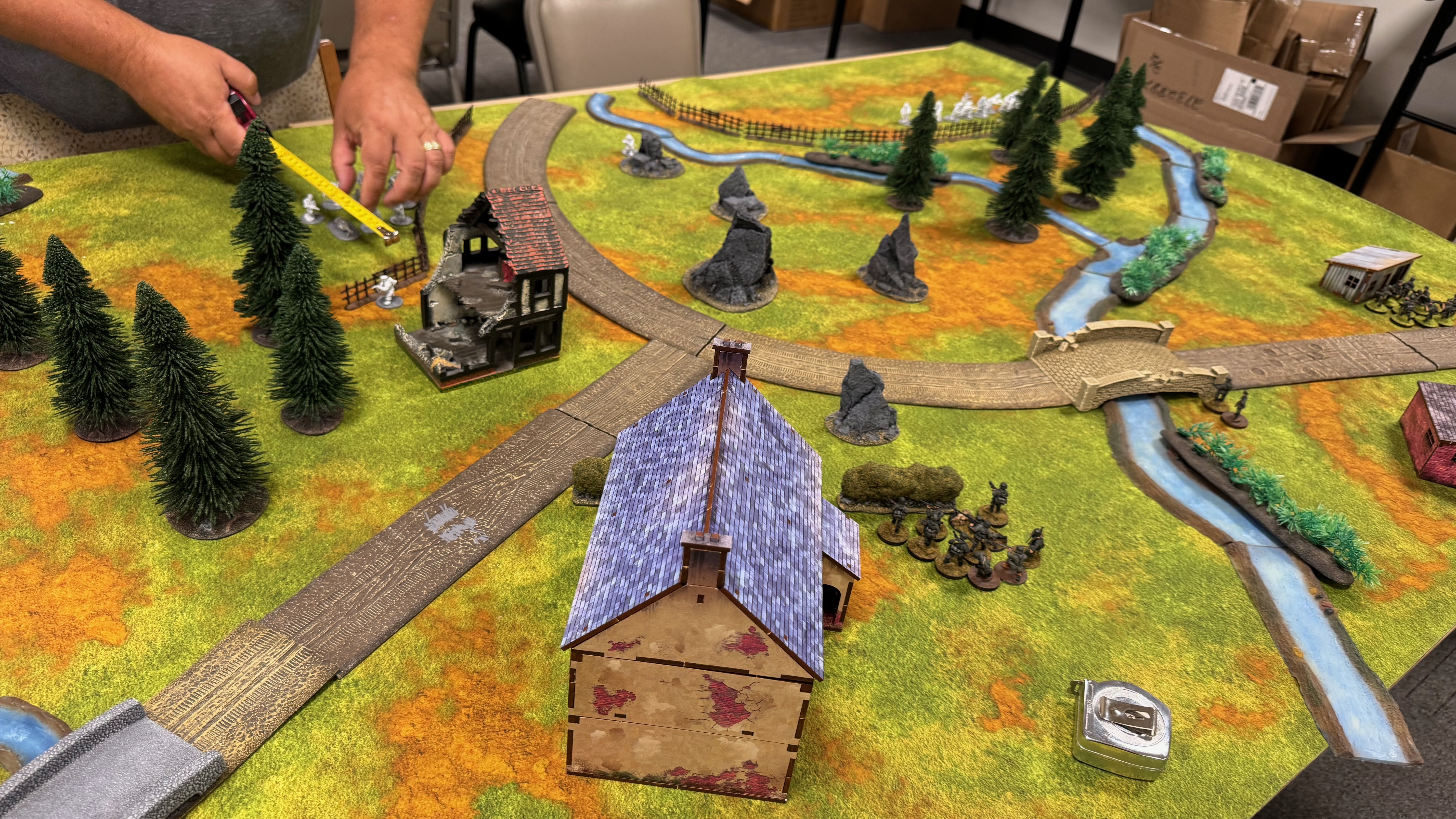
Conclusion
I’d played a fair amount of version 2, but towards the end the min/maxing along with the plethora of vehicle machine guns, had turned me off from the game. There were obvious units to play and obvious units to sit on the shelf if you wanted to do well. With v3, between the new list building system and the reworking of certain elements of the game, I’m very optimistic about this new version of Bolt Action will work out very well correcting what had gotten to be a few ills in V2. With a couple of test games under my belt thanks to the generosity of Warlord Games sharing the rules early with NoDiceNoGlory, I’m quite sold on this edition and have been spreading the good word. It’s worth it!

